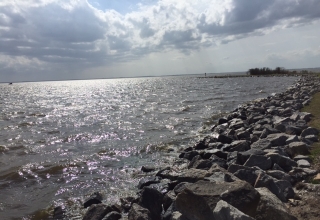
Insights: There is one final “I” to be engaged. This is the reflection back on the action taken “after the dust has settled and the battle waged.” It is important to squeeze the last bit of learning from this problem-solving venture. The reflective process should produce insights regarding not only this particular problem (building on the action learning engaged during the implementation phase), but also the very process of problem-solving itself. This second level of insights are often referred to a “meta-learning” or “second order learning.” While this specific problem might not occur again in the future, there will inevitably be other problems of a comparable nature and scope to emerge. We can learn how to do an even better job of addressing problems if we openly and candidly address each of the problem-solving steps we have taken and consider ways to do a better job next time.
Once again, we are not going to avoid making mistakes—especially in a world filled with misinformation and lies—but we can avoid making the same mistakes (regarding the solving of problems) in the future. We just need to devote some time in reflecting on the mistakes that have been made. By the way, as we noted in describing the causal/resource analysis, we can also learn from our successes. What did we do “right” in solving this problem and how can we replicate this successful engagement of the problem-solving process the next time around.
Domain Interdependence: We have outlined a specific sequence of movements between the three domains of intentions, information, and ideas. With intentions helping to guide the gathering of information and both helping to produce appropriate ideas. This sequence however is not set in concrete. One can move from any one of these domains to either of the other domains. It is often valuable to move back and forth between the domains of information and intentions. A return to the domain of either information or intentions can be activated at the point when ideas are being considered. We offer the following list of interdependencies between the three domains.
Type of Interdependence
Information to Intentions
Dissatisfaction with the situation implies a particular
target as a standard of comparison
Any suggested target implies by comparison what
is unsatisfactory about the current situation
Intentions to Ideas
A target defines the results desired from any proposal
Any proposal embodies assumptions about the nature of
the desired target
Ideas to Information
A proposal embodies assumptions about the causes of the unsatisfactory situation and implies resources and requirements for change
The situation places limits on the effectiveness
and feasibility of acceptable proposals



















